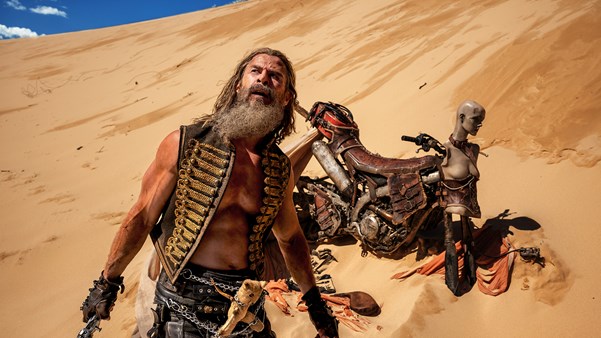Ahead of Borderlands, Billie Walker considers how the recent uptick in video-game adaptations has led to an adoption of the medium’s immersive, first-person aesthetics – both within this subgenre and beyond.

Lara Croft: Tomb Raider was not the first game to be adapted for the big screen – it was Super Mario Bros (1993), a major flop – but you’d be forgiven for thinking it was. As Angelina Jolie flipped onto the screen, turning the pixelated character into a steely-eyed heroine, it became clear that the game-to-screen adaptation held promise. Today, the amount of games becoming TV shows and films has rapidly increased, with many garnering critical success – Fallout (2024–) and The Last of Us (2023–), to name a few.
The latest to be plucked from the console for the cinema is Borderlands, the action-shooter game set in a dystopian world just as bonkers as George Miller’s Mad Max universe. When bounty hunter Lillith (Cate Blanchett) returns to her home planet of Pandora, she’s on a simple mission to save Tiny Tina (Ariana Greenblatt) from her kidnappers. But the longer she stays on her home planet, the more her mission changes, as she tags along with a crew of misfits – Jamie Lee Curtis, Kevin Hart and Florian Munteanu – who seek to uncover the planet’s secrets. Eli Roth’s Borderlands captures much of what players remember of this world, with dry desert ranges, crude humour and explosive fight scenes.
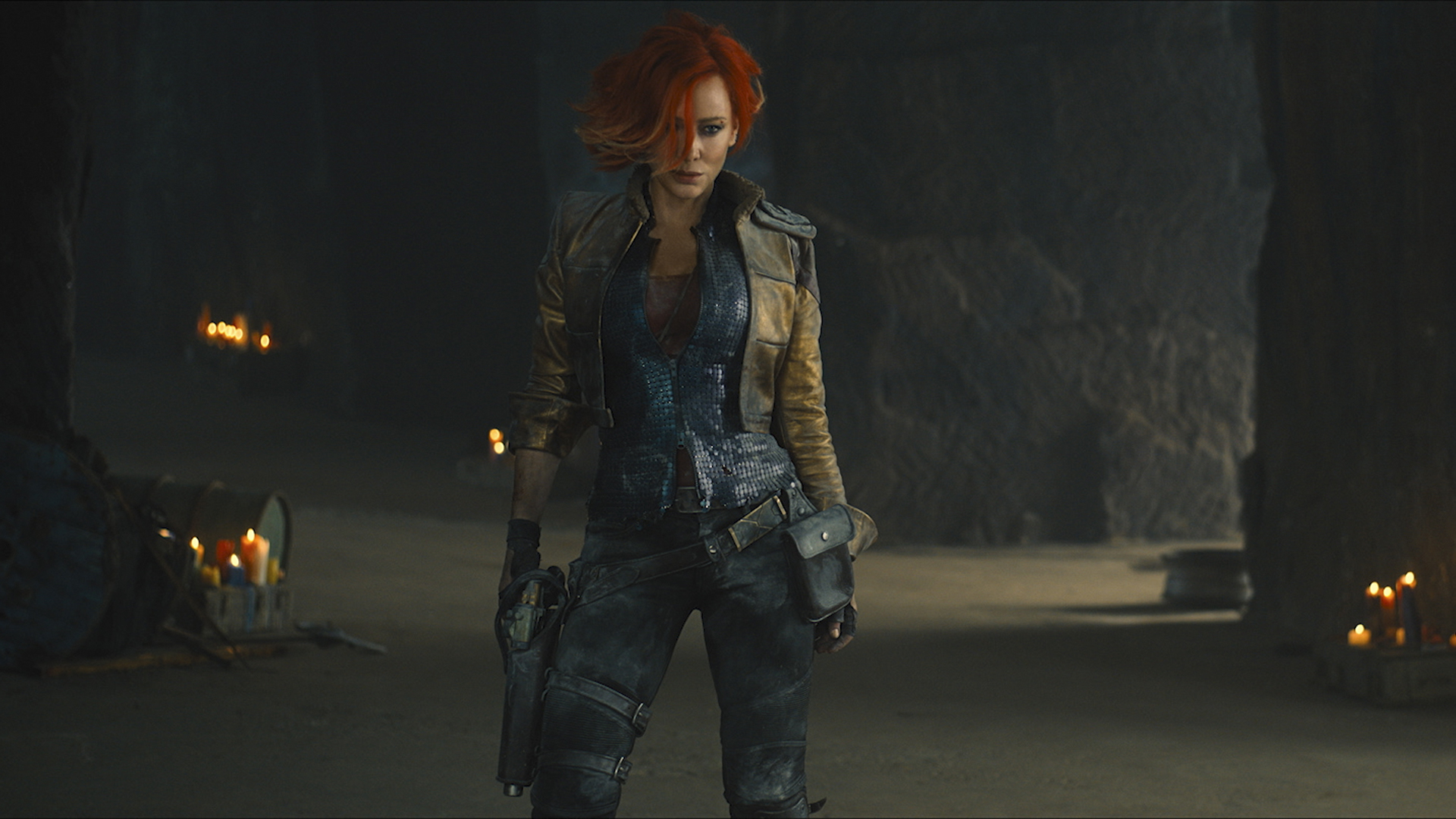
Much has been said about the rise and rise of the game adaptation: the main, cynical argument for this trend being that the game character is the new superhero, rapidly mined for adaptation as the existing IP offers an inbuilt audience. However, this rise in gaming adaptations also implies there is finally a wider recognition of gaming as a creative outlet, whether that be by noticing the complex depth and pathos offered in the form’s narratives – as is certainly apparent in the small-screen takes on Fallout and The Last of Us – or the transference of game optics to the cinematic realm.
The camera techniques of gaming are now commonplace in film. This year's best examples are In a Violent Nature and Civil War, where the POV angles of a first-person shooter are utilised to make the viewer aware of the protagonists’ actions. Of course, these angles are similar to the ones we are accustomed to in found footage, but the difference is clear. The sleek movement that a game controller would allow for contrasts with the shaky, handheld angles we have been accustomed to with horror accustomed.
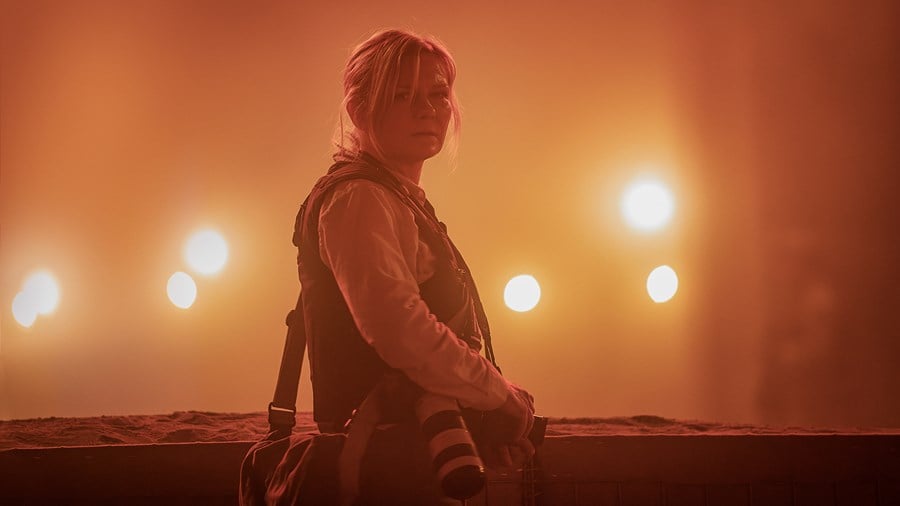
Civil War (2024)
Chris Nash’s In a Violent Nature, a slasher told from the perspective of the murderer Johnny (Ry Barrett), is the first of its kind. Most of the film is spent over the killer’s shoulder as he haunts the woods. This doesn’t remove the dread of the oncoming kill scene, but it does add a sense of depth and isolation to the film. Between the garden-variety slasher kills, there are scenes of meditative quiet, where nature is all that is heard. It’s in these moments that Johnny casts a lonely shadow. Through this violent, voyeuristic lens, the audience is made to feel sad about the natural world that he inhabits – and that we are all slowly losing sight of.
Civil War, Alex Garland’s war film, depicts the United States of America at a point where the nation has collapsed into vicious divisions. Through the eyes of the photo-journalists documenting these events – Kirsten Dunst, Cailee Spaeny, Wagner Moura – there is a constant questioning of the ethics of their role as constant observers, never participants. In its denouement, as the final siege on the White House takes place, the camera hones in on the military takeover in a sequence that feels closest to the sniper lens of the video game Call of Duty. Replicating the visuals of a shooter heightens the ethical complication that hangs over the journalists throughout the film, making their inaction suddenly seem as violent as the active participants.
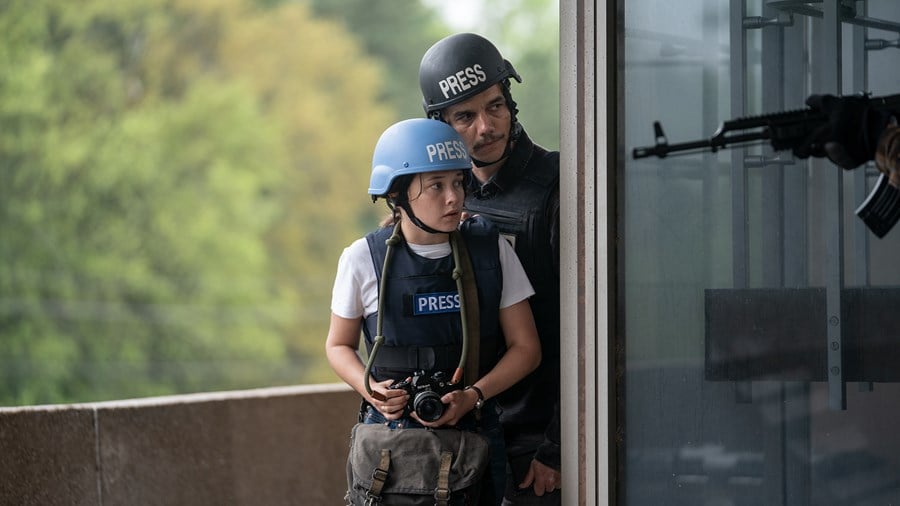
Civil War (2024)
Borrowing from the visuals of the gaming world clearly allows cinema to expand its question of accountability. We should be cautious not to reduce this growing trend to simply new franchisable opportunities taking over from superhero films that are in open free fall. Video-game films and shows often succeed in asking the viewer to consider the character’s morality, which is aided by the already established link between gamer audience member and protagonist. We haven’t just watched these characters before – we have spent hours in their shoes.
In Bethesda’s Fallout, morality is measurable on the gamer’s screen, as ‘karma points’ are deducted or added based on their actions. Rather than recreate this literal tool, the TV show offers nuanced characters, and presents a world of potential pathways for those participating players-turned-watchers of the series. Best of all is Walton Goggins’ performance as the Ghoul, whom naive vault dweller Lucy (Ella Purnell) sees as the villain. But as the story reveals itself, it is clear the Ghoul is a product of his callous environment and there is more to him than his gory image suggests.
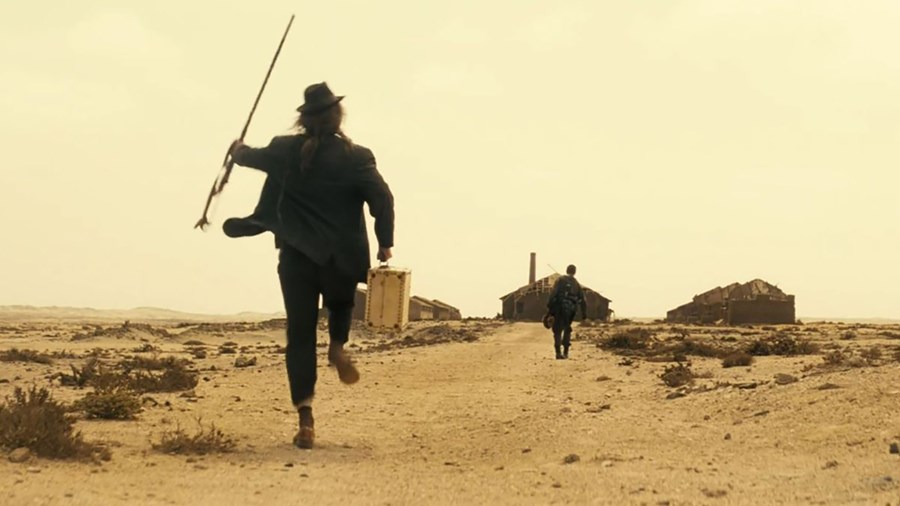
Fallout (2024)
As the world of games has evolved past the limited visuals of the early Tomb Raider, so too has its character development: good and evil aren’t as clear cut. While we may have followed Lara Croft blindly into any scenario, believing in her innately righteous motives, Borderlands invites us to interrogate Lillith’s moral compass. This is primarily achieved through the continued meta-joke with a bus driver (Benjamin Byron Davis), who insists she is on a quest to find the vault and save Pandora, while she doubles down on her bounty-hunter mission. It’s a teasing understanding of the relationship between the game’s players. As audience members, we have no control over the outcome, but we feel Lillith being nudged towards the main storyline.
This is exactly why successfully bringing games from the console to life for TV or film is much harder than rehashing already existing IP. These aren’t just characters audiences have read about before; as players, our actions directly impact their worlds. Studios have to approach game adaptation with respect and understanding on the player’s part, bridging the gap between audience member and participant. It’s more than just tapping into a new resource for characters and stories in the hope that name recognition will sell tickets. When adaptations recognise the nuances of the original scripts – and dexterously wield the power of game attributes – they can change the way we consume media. The rise in game adaptations should create greater cinematic experiences, not simply be reduced to the monetary possibility of further franchises.
WATCH BORDERLANDS IN CINEMAS


